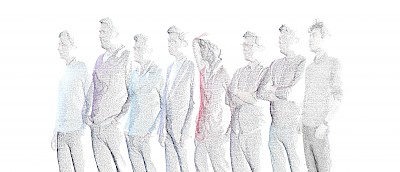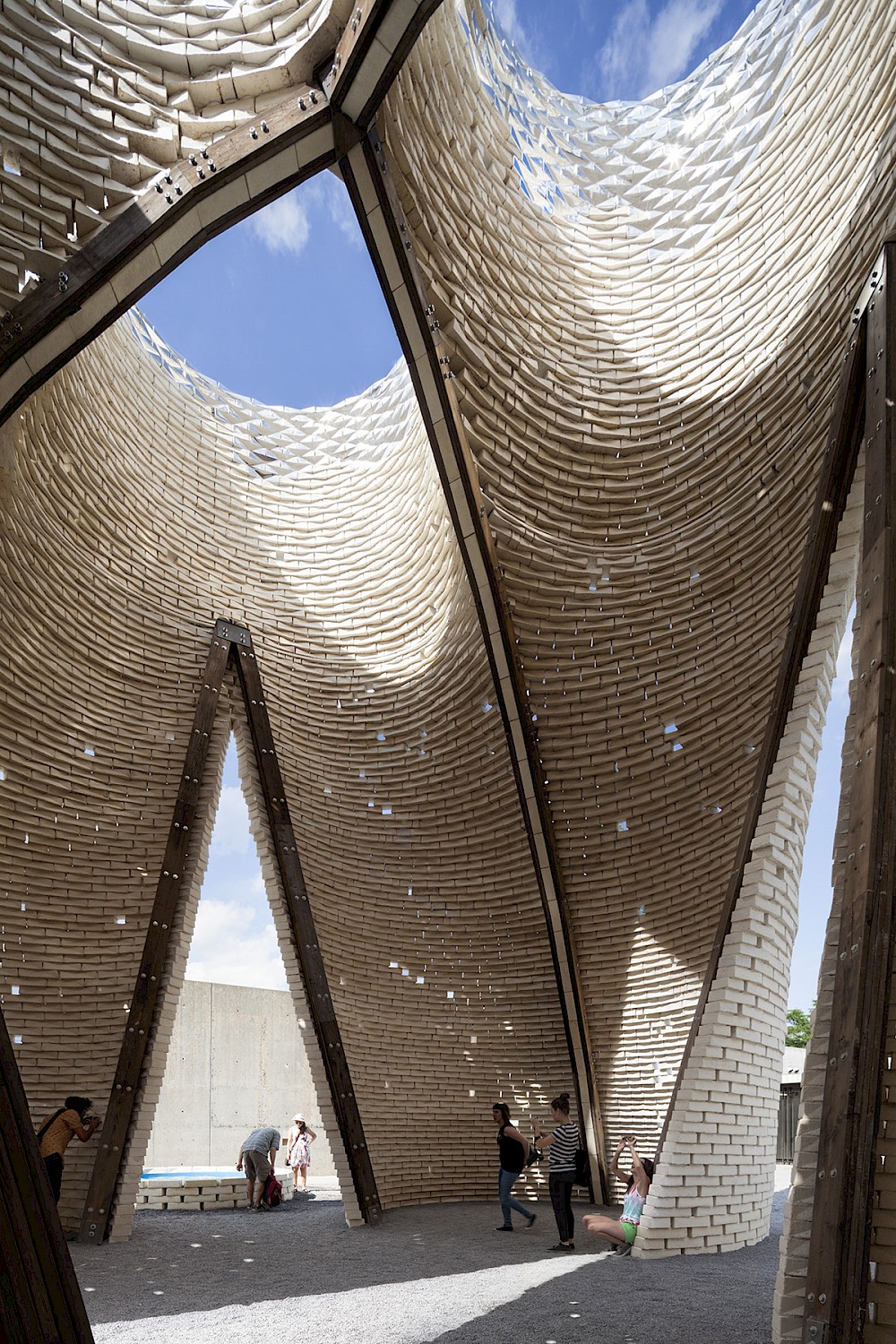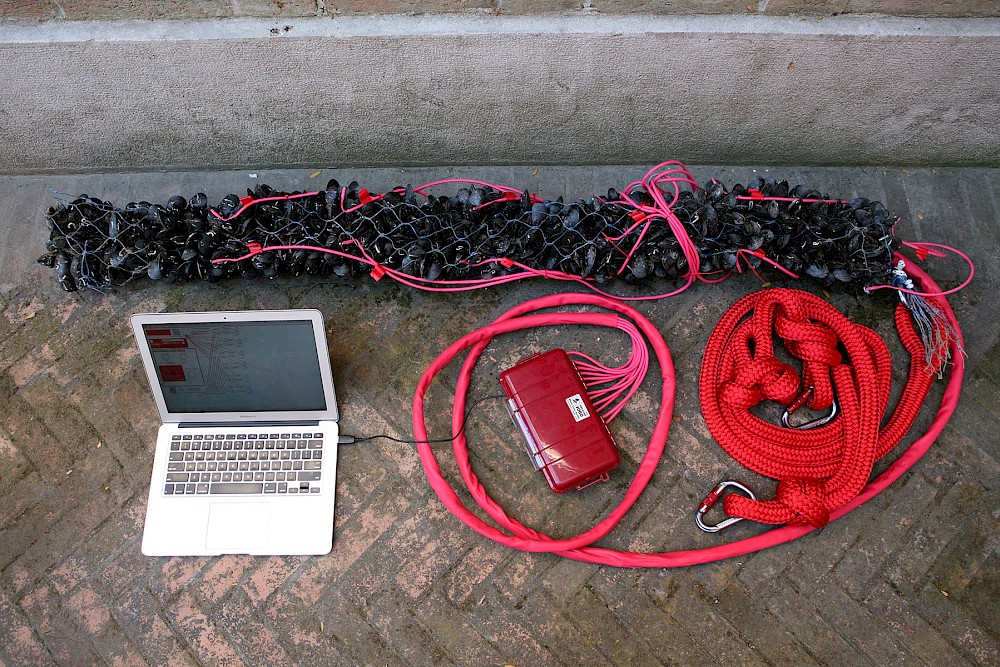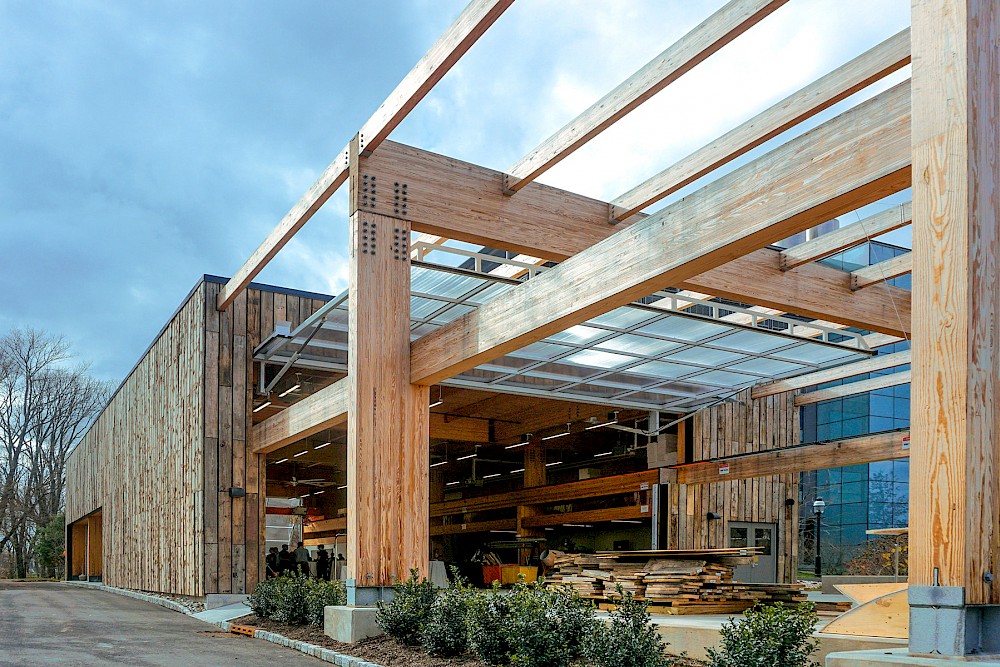BIENNIAL PROJECT
Capsule Dreams
As a hallmark of the Japanese Metabolist Movement, the Nakagin Capsule Tower, designed by Kisho Kurokawa and constructed in 1972, was intended to “denote human society” and to continually evolve almost organically. In this project, we start with a historic photo of the interior of one apartment—which is notably devoid of people or personal touches—and create a model that reactivates the interior in the photograph by adding layers of human occupation and passing time. The model focuses on the interior of the building rather than on its iconic form. Five apartments are visible through the circular window, which acts as a framing device akin to the viewfinder of a camera. Each one offers a portal into a different past, present, or future version of occupation. Like all buildings, the Nakagin Capsule Tower is a backdrop for people to project their dreams onto—in this case, dreams about the future, explored through different films from different eras and countries: Electronic Labyrinth THX 1138 4EB (USA, 1967), Solaris (Russia, 1972), Logan’s Run (USA, 1976), 2046 (Hong Kong, 2004), and Tokyo! (Sharing Tokyo) (Japan/South Korea, 2008). As a whole, the exhibit explores extended and alternative futures for the Metabolism Movement.
BIO
The Living combines research and practice, exploring new ideas through prototyping. Focusing on the intersection of biology, computation, and design, the firm has articulated three frameworks for harnessing living organisms for architecture: bio-computing, bio-sensing, and bio-manufacturing. The Living has won many design prizes, including the Emerging Voices Award from the Architectural League, the New Practices Award from the AIA New York, the Young Architects Program Award from the Museum of Modern Art and MoMA PS1, and a Holcim Sustainability Award. Clients include the City of New York, Seoul Municipal Government, Google, Nike, 3M, Airbus, BMW, Miami Science Museum, and Björk. Recent projects include the Princeton Embodied Computation Lab (a new building for research on next-generation design and construction technologies), Pier 35 EcoPark (a 200-foot-long floating pier in the East River that changes color according to water quality), and Hy-Fi (a branching tower for MoMA PS1 made of a new type of biodegradable brick).






